The Difference Between a 'Trial Decoy' and a 'Training Decoy' in Biting Dog Sports or Police Service Work
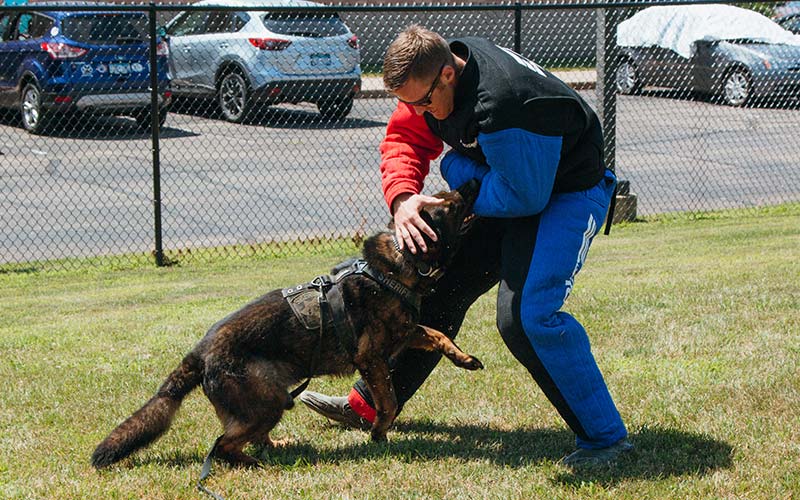
I have been around biting dog sports since 1974 and police service dog training since 1978 and over the years I have seen the evolution of protection dog training in America. Schutzhund (now known as IPO) came to the states with a European named Gernot Riedel back in the late 1950s.
What became pretty evident in the early days was that young guys (like myself back then) that were in decent shape and coordinated could pretty easily learn how to become a Schutzhund trial decoy. In fact, many years ago I produced a couple of training videos on that process with Tom Rose in St Louis. Tom was a good trainer, instructor, and competitor. Young people with interest and athleticism can learn to become a reasonably decent trial decoy in a couple of years, assuming they have a good instructor (like Tom was back then).
The fact that still holds true today is trial decoys need to work on fully trained adult dogs. These new people need trained dogs to teach them how to work a finished dog. When a new decoy makes a mistake, which is inevitable and part of the learning curve, the adult dogs are quick to recover. When I did the video with Tom Rose we made the statement that new decoys need mature Schutzhund 3 level dogs to learn on.
What the new decoys should not be doing is working partially trained young dogs. The mistakes that they will make can potentially set these dogs back in their training and in many cases end the career of a dog. Often, when that happens, the dog sports lose a potential competitor. I have seen it again and again over the past 40 to 45 years.
This not only applies to Schutzhund/IPO. It applies to decoys in various other protection sports like Mondioring, French Ring, KNPV, Belgian Ring, and PSA.
Catching a dog running full speed on a downfield attack (a courage test in IPO, face attack in the ring sports) takes skill, timing, and coordination. The number one goal is always to keep the dog safe. On trial day, the decoy needs enough skill and presence to work the dog in a way that enables the judge to evaluate the different qualities that each sport is testing for. That skill does not necessarily translate into cultivating and teaching a young dog the techniques and mechanics needed in the foundation of protection work.
A good trial procedure does not always translate into teaching a young dog to transition from learning to grip a sleeve or to bite legs on a bite suit. A young inexperienced decoy is likely not going to be able to recognize when to reward the dog for a small step on the way to becoming a finished dog.
What happens with new decoys is they often become LUMPERS, which means they skip training steps or more importantly they don't know when they have skipped the steps because they lack experience. Good dog training can mean 1 step forward and 2 steps back. It's never a bad idea to go back to the foundation work if the dog is having problems but new decoys often don't do this.
Young dogs can have good and bad sessions as they progress through training. A good training decoy can read a young dog and recognize when he needs to step back a couple of training steps and test the dog to see if a little building is needed before progressing further.
Suppose a young dog has been working reasonably well on a bitesuit but has a layoff from training for several weeks or even months. There is nothing wrong with taking that dog and instead of putting him back on the suit his first session back, put him on a back tie and work grips with a pillow or sleeve and remind him of the rules of the game as a little refresher. A good training decoy will know that this won't hurt and will often help the dog gain confidence and drive. Many new decoys won't do that because they think it reflects on their ability or they simply lack the knowledge to know better.
It takes many years of work with many different ages, different temperaments, and types of dogs to become a good training decoy. The best training decoys should be the ones who work the puppies and the young or inexperienced dogs. These are the people who know how to deal with a dog that is a little sharp or a dog that needs to have its grip built up or a dog that is so good that it would be a mistake to bring it to the club for bitework for the next 6 or 8 months. The really good training decoys know when to tell a handler that has a very nice young dog, but they need to take it home and work on obedience and they may want to put bitework on hold until the obedience is really good. That decoy knows when a special dog doesn't need it and will become a prey monster if they bring it out and do protection training with it a couple of times a week for the next 6 or 8 months.
I have seen too many cases where an inexperienced decoy doesn't recognize when a dog is focused too much on the stick. Not because they are insecure about the stick but because the dog looks at the stick as a prey item. These dogs chase the stick and get locked in prey. When that happens, and it usually happens because of inexperienced decoys, the solution is to put the dog on an experienced training decoy that is going to have to do what it takes to put the dog into some level of avoidance to teach the dog that the decoy isn't a toy but rather a fighting partner. If the wrong decoy tries to do this and they put too much pressure on the dog it regresses and, in some cases, can't come back. All of this can happen because the wrong decoy did the wrong things in training during the foundation.
I wrote this because too often, we see decoys with 2-3 years of trial experience thinking they are pretty good because they get asked to come and do decoy work for a trial. It can and does go to their head, that's just normal. Why wouldn't it? Sport dog people need decoys and they often treat the decoys like heroes.
The bottom line is, the really good decoys are the humble ones that know they have a lot to learn and they know they will never stop learning. They seek out more experienced instructors and ask for advice. They are the decoys that really think about trying to recognize the temperaments and signals of the dogs they're training with. They try and recognize different temperaments and then learn how to work with each different type of dog.
So if by chance, you are a young decoy, I envy you. I envy your age, your athleticism, and your coordination but mostly, I envy the time you have left to study dog training.




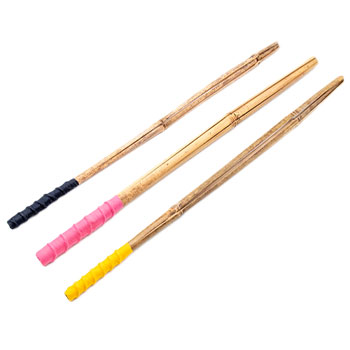
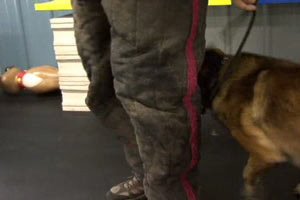
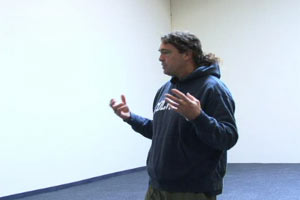
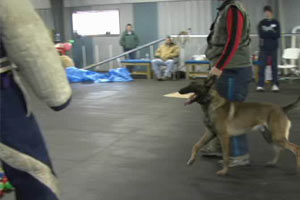
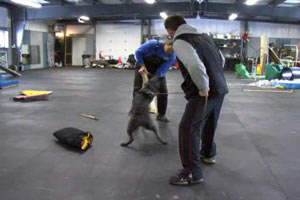
Ask Cindy.